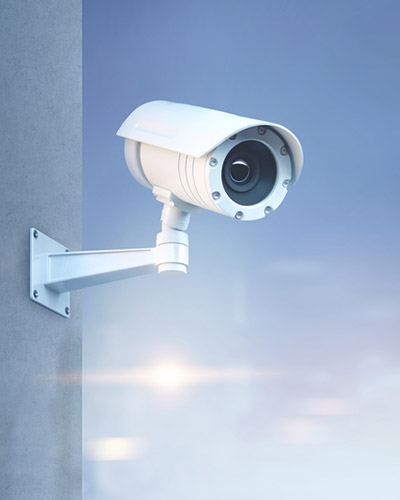
Video Surveillance Systems for Your Business
Video Surveillance System for Your Business: Here’s What You Need to Know
Protect your employees and business from injury liability, vandalism, theft, intruders, and many other threats that could affect your business’ success. All it takes is a little proactive action and you can rest easy at night knowing your business and employees are protected 24/7.
Whether you need indoor or outdoor surveillance, a video surveillance system can help you prevent crime and keep the premises safe, all with the latest technology and convenience to make monitoring easy.
Ready to learn more? Get in touch with an SSG Tech specialist and we’ll help you determine the right video surveillance system for your needs today.
What Is a Video Surveillance System?
A video surveillance system is a complete system that records, monitors, stores, and views activity across the premises to ensure no illegal behavior or misconduct is occurring on the property. (1) Video surveillance systems can be installed inside or out, able to withstand extreme temperatures while recording everything in sight.
“A basic surveillance system requires three things: a camera; motion-sensing software to activate the camera and to store its video or still images; and software to send the images over the Internet.”
– Entrepreneur.com
Outdoor VS Indoor Surveillance System Requirements
Indoor and outdoor surveillance systems largely differ in their ability to withstand more extreme temperatures, wind, rain, and other elements. Outdoor systems are built with a durable external casing to protect sensitive electronics, while indoor systems don’t have to consider these factors. Instead, indoor systems are more focused on the clarity of video and internal storage capabilities, but they easily succumb to outdoor conditions like temperature and rain.
The difference between the two units is closing with better technology and more rigorous standards for casing and temperature protection, waterproofing, and other features. (2) Now, more systems are available than ever before; many with interchangeable indoor/outdoor capabilities for an affordable price.
“Indoor and outdoor cameras differ, mainly in that outdoor cameras are bigger and tougher to withstand tampering as well as the elements. However, nowadays higher-end cameras can function for both indoor and outdoor surveillance.”
–HuffPost.com
The technological world moves quickly. What used to be high state-of-the-art technology a decade ago is now commonplace, available to even homeowners and renters. Today, both types of cameras can connect over WiFi and send live data to your tablet or phone, allowing you to manage alerts in real-time, and automatically record events.
Learn more about the difference between security cameras and surveillance cameras in our article here: https://4ssgtech.com/surveillance-cameras-vs-security-cameras/
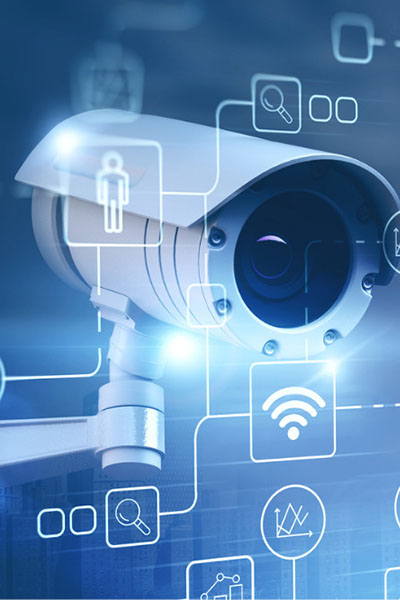
Features to Look for in a New System
With the technology available today, new video surveillance systems are coming out at a rapid pace. Each new model sports better graphics, more recording time, more versatility, or more affordability.
Overall, these features only matter if your business can benefit from them, which is why at SSG Technologies, we are dedicated to helping you find the perfect video surveillance systems on the market for your needs. If you don’t need the capabilities, then you won’t get a return on your security investment.
Instead, we help you create a system that is tailored to your specific needs. Whether you need a single camera, or an extensive system spanning multiple locations, we can help you.
Some of the basic features you should look for in a video surveillance system are a one-touch connection to local law enforcement in case of emergencies, and automatic cloud backup for longer storage times and easier recall of old footage.
Newer surveillance systems may also send mobile notifications to your security team, automatically recording when a camera detects movement or sound.
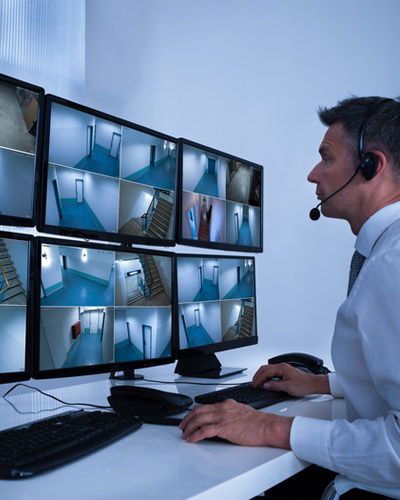
Copyright Andrey Popov | Dreamstime.com
What Types of Cameras Can Make Up a Surveillance System?
A surveillance system may be comprised of one or both security camera types based on the business needs. The analog camera is a standard camera that provides a live video feed which can then be recorded from the monitoring system. IP cameras, on the other hand, are now embedded with AI technology and live updates to provide better response and active monitoring solutions such as incident recording and system alerts. These are becoming the more popular option of the two.
The third option a low-tech DIY option is rising in popularity, which is a standard webcam attached to the monitoring system, but connection times are slow, and recording is unreliable.
What to Look for When Choosing a Camera for Your System
While video surveillance systems have seen plenty of upgrades in recent years, cameras have changed drastically. Not only does the latest camera have a larger field of vision than models from two or three years ago, minimizing blind spots and requiring fewer cameras across the property, but they also provide crisp, clear imagery with HD capabilities.
Many new cameras can also detect people, pets, sounds, and more to create an activity alert and begin recording, saving storage space, and minimizing the number of disturbances throughout the day for your team. In the event of suspicious activity, your team doesn’t even need to be on the premises. Your team can access footage from anywhere with premium remote access through the internet.
Upgrading your video surveillance system is just as important as ensuring your new system is installed correctly.
No matter your business needs, SSG Tech is here to help you make the right choice for your business, creating a custom video surveillance system for your business needs and helping your team remain flexible even while learning new technology.
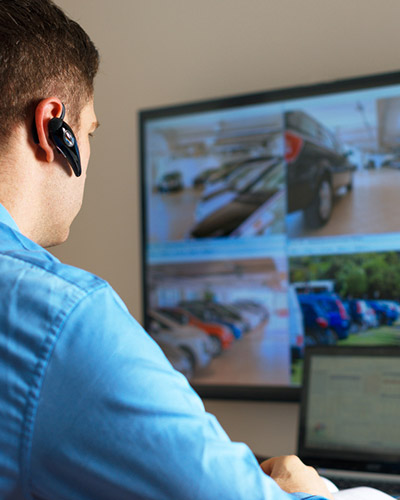
Types of Video Surveillance for Business
There are three main types of video data storage in any surveillance system. The type of compatible storage depends on the type of cameras you use with the rest of the system.
NVR, or a Network Video Recorder, is compatible with IP cameras. These storage systems work in combination with a computer system to store video from across the network. These are primarily used to write video to a drive – commonly an SD card or external hard drive – as they cannot be used to capture video themselves.
DVR systems, which stands for Digital Video Recorder, can only record data from analog cameras. As a result, a lot of DVR technology is becoming more difficult to find as fewer analog cameras are being used in commercial spaces.
There is a third option as well known as hybrid, which allows the business to use both cameras effectively within the same system. Learn more about the importance of surveillance monitoring here: https://4ssgtech.com/surveillance-monitoring-why-its-crucial/
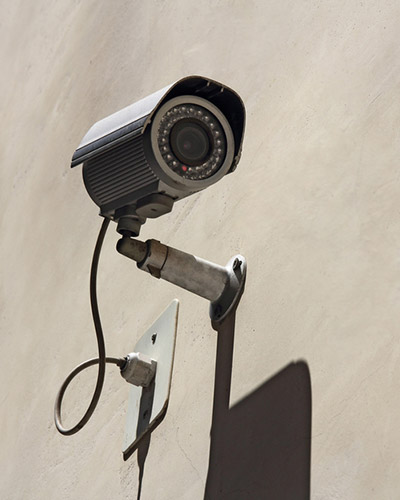
How Often Are Security Cameras Monitored?
Unless there is an active guard or monitor on duty to review live footage, most security footage is never reviewed unless there is an alert of an incident that requires review. Contrary to what is shown in the movies, most businesses can’t monitor live security footage around the clock.
Based on how the surveillance system is configured for that particular business, recording may not even begin unless an alert is triggered or a person is identified in the video, saving storage space and alerting guards to monitor footage.
For high-security businesses or areas on the property that contain sensitive materials, security footage may be monitored much more regularly to adapt to internal protocol and procedure or keep the safety of employees in mind. Some businesses may standardize the amount of time security cameras are actively monitored by their benefits and stipulations outlined in the business liability insurance package.
How Long Does Footage Stay on Security Cameras?
Many security cameras have monitoring stations where activity is monitored live. The footage is also recorded and stored on an internal storage device where it can be re-played or deleted.
For many large businesses and enterprises, deleting footage is considered bad practice as you can never be certain when you might need to pull video footage again from a previous date. These footage rolls are then stored on external hard drives or in the cloud for safeguarding.
Many small to medium-sized businesses, or businesses without a high-security need, however, will delete footage after it has been stored for a certain amount of time. The amount of recording space typically determines how long the footage is kept, as some systems are set to override footage from the beginning as soon as it runs out of space.
Every property and every security system is different, so there is no one answer to how long footage stays on security cameras. On average, however, security footage may be stored anywhere from 30 to 90 days before being removed or stored elsewhere.
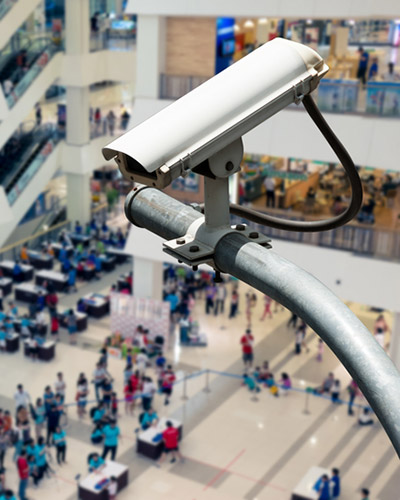
Why Do I Need Security Cameras?
Security cameras offer businesses a wide range of benefits from just being present, but additional features that come with the latest technology deter criminals from your place of business.
For most businesses, employee safety is the top concern, second to the security of personal and business property, and finally, insurance liability.
A well-secured premises helps keep employees safe by deterring criminals in the first place, discouraging them, and making it known that their activities are being monitored and recorded. As a simple deterrent, this goes a long way in protecting employees from potentially dangerous situations. In the event of a crime, it also helps a business catch the criminal, serving justice and providing employees with peace of mind.
Security cameras help prevent theft and damage to personal property because they can help identify crimes committed against the property as well. For instance, if someone breaks into the business and steals property, the recorded footage can be sent to the police for further investigation. This proves that not only was the business in possession of those items but it was indeed stolen. Cues from the footage, such as identifying characteristics of the criminal may be used to find and retrieve the stolen goods.
Lastly, a video surveillance system can in the event of an injury or crime on the property. Not only does this enable the business to provide supporting evidence of the event that could help close the case, but it could prove that the injury was due to the individual’s negligence, rather than the business’s. Some insurance policies even require the premises to be under surveillance before they will provide coverage.
How Do You Install Security Cameras?
Before the installation of your video surveillance system, our team helps you determine the most important corridors and areas to monitor while minimizing blind spots for maximum coverage. Each area is planned in advance, taking into consideration the features and hardware for both indoor and outdoor locations, as well as video storage and streaming requirements.
Once installation is underway, one of our technicians will install each security camera according to its instructions, which may vary based on the model chosen. It will be connected to the monitoring system, and tested, and the next camera installed until the system is complete.
After each camera location has been secured, the monitoring system will be tested again to ensure the full functionality of all cameras and ensure the angles are correct based on the original plan. Any adjustments to angles or further minimizing blind spots can be done at this stage before the technician returns.
At SSG Tech, we don’t stop there. After the surveillance system is installed, you can still reach out to us for full customer service and support. Our extended and friendly support is why so many Baltimore and Washington metropolitan businesses choose us for quality security systems.
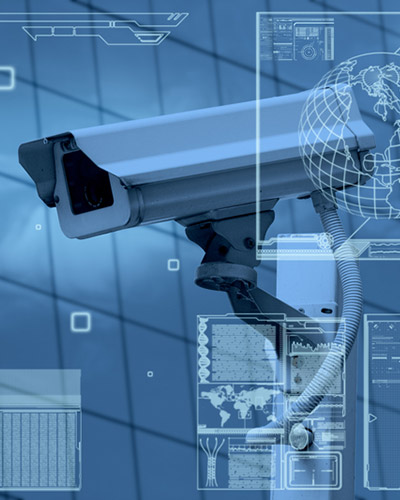
Should You Create Your Own Surveillance System, or Have One Installed for You?
Securing your business is about more than just installing a video surveillance system. Your team must also have the protocol in place to handle security breaches and an understanding of how to use the system in the first place.
Creating your own surveillance system may work for smaller businesses like independent retail stores or studios. There are a lot of DIY options available on the market today, especially with home security systems becoming more commonplace, but they won’t give you the peace of mind you need to fully secure the premises. DIY surveillance systems may also not operate reliably or clear your business for any liability issues should problems arise on the property.
One of the best things you can do to ensure instructions are disseminated to your team and employee morale and safety are high is to have one installed for you. During installation, your team can ask the technician questions about operation and use.
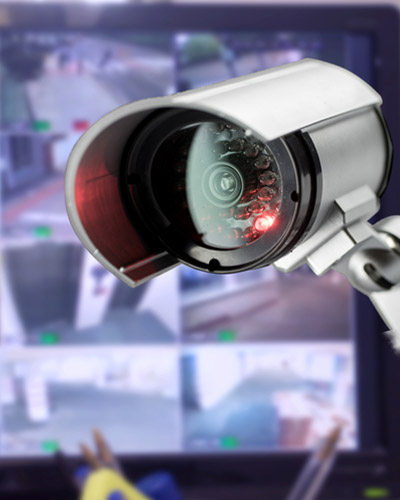
Secure Your Business Today
If you are looking to secure your business, look no further than SSG Technologies. We help you ensure your business is covered from liability and keep your employees and business property safe from vandalism, theft, or trespassers by installing state-of-the-art video surveillance systems with the latest features.
Talk to us about what you are looking for in a video surveillance system and how we can help you protect your property today. We’ll work with you to find the perfect system that meets your needs today.
Serving the Baltimore and Washington metropolitan area, our team is here to help you find the perfect system and provide additional support should you have any issues with the technology once it’s installed.
References:
1. Entrepreneur.com, Do-It-Yourself Surveillance Protects Home or Business, https://www.entrepreneur.com/business-news/do-it-yourself-surveillance-protects-home-or-business/185322
2. HuffPost.com, How to Choose a Video Surveillance System, https://www.huffpost.com/entry/how-to-choose-a-video-sur_b_5547254
